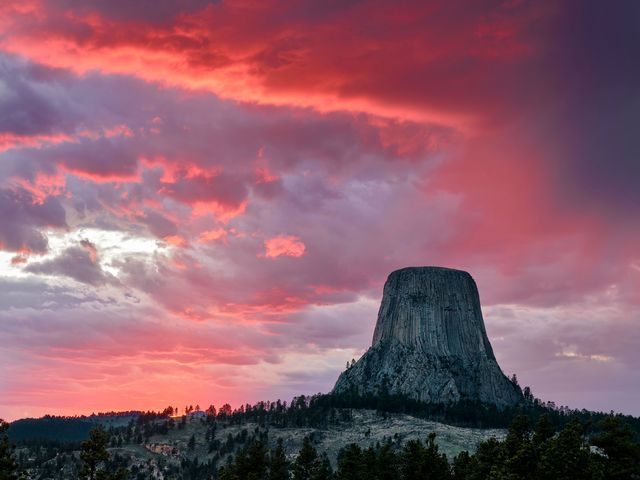
Introduction
Nestled in the rugged landscape of Wyoming, Devil’s Tower National Monument is an icon of natural beauty and cultural heritage. While the towering monolith speaks for itself, much of its early prominence can be attributed to the tireless efforts of Newell Fodge Joyner, the monument’s second custodian. This blog explores Joyner’s contributions in transforming Devil’s Tower into a beacon of conservation, tourism, and community pride during the challenging times of the Great Depression.
The Early Challenges
Before Joyner’s arrival in 1932, the monument was managed by George C. Crow, who faced a slew of difficulties, including isolation and limited resources. Crow’s most infamous challenge? Ranchers allowing their cattle to graze on monument land, forcing him to herd livestock off the protected area—a situation that set the stage for Joyner’s tenure.
Joyner’s Vision and Work Ethic
From the moment Joyner took over, he displayed an unmatched passion for his work. He inherited a modest setup—three buildings, a Ford truck, and the tower itself—but he quickly set about putting Devil’s Tower on the national stage. His meticulous documentation spanned wildlife, visitor interactions, and historical artifacts, offering an invaluable record of the monument’s early years.
Key Achievements:
- CCC Projects: Joyner collaborated with the Civilian Conservation Corps (CCC) to improve infrastructure, provide jobs, and support the local economy. Over a 17-month period, 338 men—7% of Crook County’s population—were employed at the monument.
- Community Events: He organized annual picnics, drawing hundreds to the monument and fostering a sense of regional unity.
- Promotion: From newsreels to creative events like “cow-punchers track meets,” Joyner ensured Devil’s Tower was more than just a natural wonder—it was a hub of community and adventure.
Conservation Efforts and Diplomacy
One of Joyner’s enduring legacies was his diplomatic approach to local challenges. Balancing the interests of ranchers and conservation, he navigated tensions over grazing rights with a calm, collaborative attitude. His reports show a keen understanding of environmental issues like overgrazing and erosion, making him a pioneer in holistic land management.
The Rise of Climbing Culture
As Devil’s Tower became a national focal point, it also drew the attention of early climbers. Joyner documented notable ascents, including the 1937 climb by Fritz Wiessner and the 1938 ascent by Jack Durant. His detailed notes preserved the evolution of climbing techniques and highlighted the growing allure of the monument as a premier climbing destination.
Joyner’s Legacy
Newell Fodge Joyner’s work went far beyond his official duties. He was a scientist, community builder, and promoter all rolled into one. His efforts laid the foundation for Devil’s Tower as a place of natural wonder, historical significance, and adventurous spirit. Without him, the monument’s rich legacy might have remained hidden from the world.
Conclusion
Joyner’s passion and foresight left an indelible mark on Devil’s Tower. Through conservation, community engagement, and cultural preservation, he helped secure its place in the hearts and minds of visitors and locals alike. As we continue to explore the tower’s stories, we honor the dedication of a man who truly saw the bigger picture.
Sources:
“Devils Tower NM: Standing Witness – Devils Tower National Monument: A History (Chapter 4)” https://www.nps.gov/parkhistory/online_books/deto/history/chap4.htm
“Newell Fodge Joyner (1906-1965) – Find a Grave Memorial” https://www.findagrave.com/memorial/166516891/newell_fodge-joyner
“Newell Fodge Joyner papers – Archives West” https://archiveswest.orbiscascade.org/ark:/80444/xv33233
“Newell Joyner – Devils Tower National Monument (U.S. National Park Service)” https://www.nps.gov/deto/learn/historyculture/newell-joyner.htm
“mattison-1956.pdf”
https://npshistory.com/publications/deto/mattison-1956.pdf
